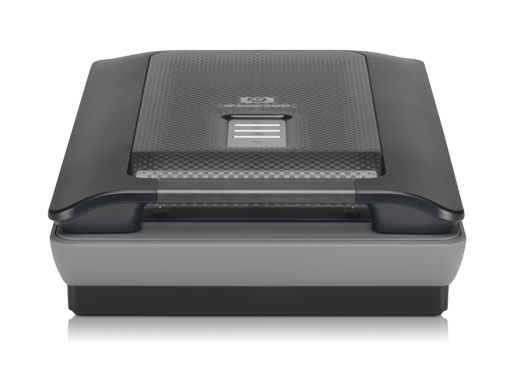Many people prefer to get flatbed scanner to convert their document or photographs to digital format. However, we should consider getting a model that could provide us with a good combination of usability, flexibility and quality. Some models could allow us to scan different types of media, including film, if there’s a suitable transparency adapter. When we purchase a flatbed scanner, we should make sure that it is equipped with OCR feature, so scanned documents could be converted directly to plain text. This would be useful when we want to perform document archiving. We should make sure that the scanner can work with varying thickness and sizes of the scanned media, they could range from tiny postage stamps to large blueprints. In this case, we may need to find out the type of flatbed scanner we need. There are some specifications we need to consider, such as color pass and bit depth. Many scanners are actually single-pass type with 48-bit scanning.
However, some high-end scanners may require two or three passes to make sure that all the information on the document and image is captured completely. This may be painstakingly slow, but we could choose the single-pass mode to make sure that everything work quickly. In this case, we should avoid older models that could support up to 24-bit or 36-bit colors. Standard 48-bit scanner should be able to capture theoretically up to 250 trillion colors and this would be more colors than our physical eyes can see. Human eyes could only detect limited range of colors, but our mind could sense whether one image is more vibrant than the other. In any case, the scanned image should provide us with hues that are closer to life with much smoother gradations. However, average users may need to consider more affordable models with only 42-bit color, especially because our eyes won’t be able to detect so many colors. There are other special features and patented technologies that we may need to consider that could compensate for the lower bit depth of our preferred model. However, common scanners are already able to accommodate more than enough colors that our eyes can see.
Many flatbed scanners offer acceptable optical resolution between 2400 dpi and 4800 dpi. In this case, we should look for models that could provide us with enough resolution. In general, higher resolution could provide us with sharper details, while text-based scanning could still be accommodated with lower resolution. However, we should be aware that scanners with higher resolution could result in files with excessively large image. In this case, we should consider whether the larger file size would be compensated well with higher quality and clarity. In this case, we should be able to ignore that resolution war that manufacturers seem to wage upon one another. Instead, we should look for features and capabilities that would fit to our parameters and requirements; such as color bit depth and resolution.
